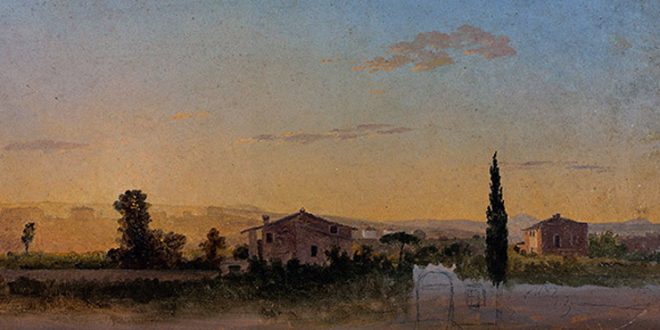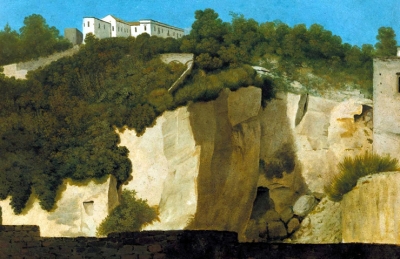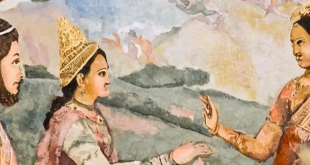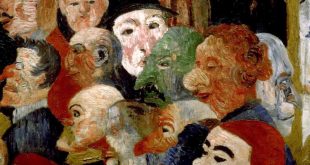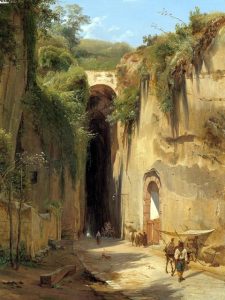 Painting, favoring the direct observation
Painting, favoring the direct observation
THOMAS JONES 1/3 – His autobiography is recognized as an important testimony of the eighteenth-century artistic world. He was born in Cefnllys (now Powys in Wales) in 1742, becoming famous for his landscapes in Wales and Italy. Cefnllys was a medieval town in central Wales. Close by on the hill (known as Castle Rock), http://www.ecastles.co.uk/cefnllys.html are the remains of what is known as Cefnllys Castle. Cefnllys little grey Church of St Michael stands on a saddle of ground above the River Ithon. In his time, this painter was known and appreciated for his landscaping, but his fame increased in the twentieth century, when painted a series of views of Naples. Using direct observation, his works were projected towards the nineteenth century style of the Barbizon School. In 1765 he began to exhibit at the Society of Artists. From 1769 onwards, his landscapes began to adopt settings for scenes from history or mythology. “Houses of Naples” (one of his paintings), is visible at the National Museum of Cardiff https://museum.wales/cardiff/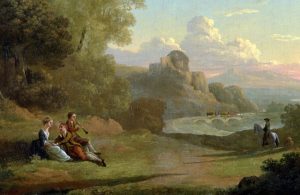
THOMAS JONES 2/3 – He was the second of sixteen sons of a landowner. The years of his training led them to Pencerrig’s paternal estate. He was educated at the Christ College of Brecon, then studying at Jesus College, Oxford. His education was funded by a maternal uncle. In 1761, without such economic support, following his own inclinations, he started to dedicate himself to the artist’s career. In London he enrolled at William Shipley’s drawing school. In 1763 he persuaded a landscape master of common Welsh origins to become his student. He began drawing small landscaping sketches, oil-based on paper for his own delight. In London, visiting the Tate Gallery http://www.tate.org.uk/art/artists/thomas-jones-301 you will be able to see some of his works.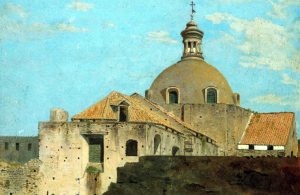
THOMAS JONES 3/3 – In 1776 he embarked for Italy, realized watercolors in which he developed a palette of varying shades of blue. He visited Naples in 1778, then moved to Rome. In 1779 he returned to Naples, to a city, which offered him more artistic opportunities. In 1783, upon hearing of his father’s death, he traveled to London, where he tried to restore his pictorial career. In his last years, he returned to Wales to his beloved Pencerrig estate. His was buried in the family chapel at Caebach.
 The intellectual property of the images that appear in this blog correspond to their authors. The sole purpose of this site, is to spread the knowledge of these artists and that other people enjoy their works. To pursue this issue, you can digit: https://www.youtube.com/watch?v=4Lf2fJhh_t4
The intellectual property of the images that appear in this blog correspond to their authors. The sole purpose of this site, is to spread the knowledge of these artists and that other people enjoy their works. To pursue this issue, you can digit: https://www.youtube.com/watch?v=4Lf2fJhh_t4
 Meeting Benches World art in all forms
Meeting Benches World art in all forms
